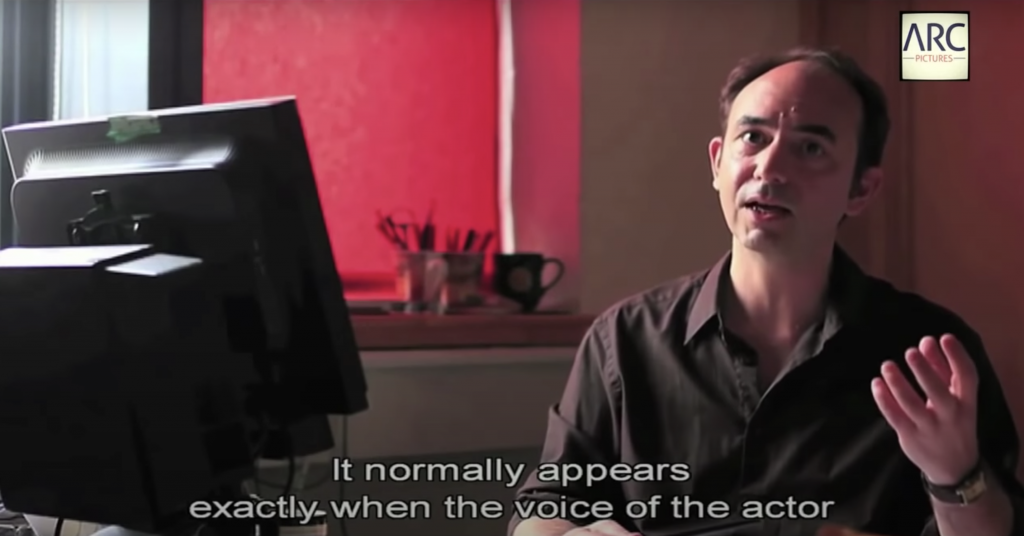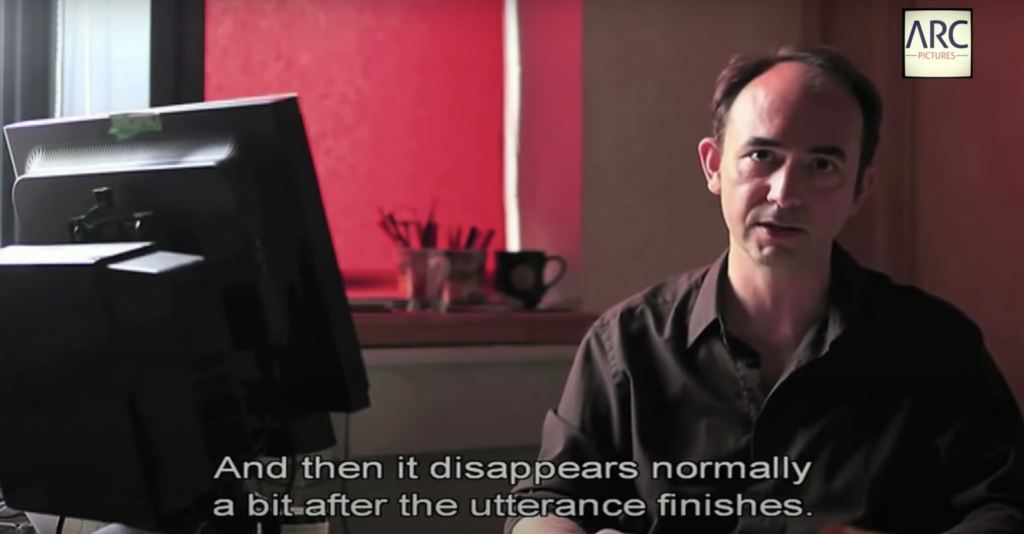When I was researching subtitles, I was surprised to learn about the vocabulary of Closed Captions and Subtitles.
Closed Caption is for viewers who cannot hear audio and includes sound effects.
The subtitle is for viewers who can hear audio but cannot understand the language and does not include audio effects.
Most countries outside the USA and Canada tend to merge the two words into one in film and media which explains why I found it confusing!
I also found that Open Caption means it is permanently embedded into the video itself- so it cannot be turned off by the viewer, but that means its style/size/colour can be determined by the creator ahead of time.
Continuing my research, I watched a short documentary called The Invisible Subtitler made in 2013. The documentary discusses the importance of the role of translating subtitles into different languages for films. It is available to watch on Youtube.


The act of translation always fascinates me as one always has to take everything into context to make the best translation. When I was learning English for the first time, I had to memorize definitions of new English words in Korean words. As I learned more about English, I realised that one English word does not always have a single Korean word when translated.
Like language, sound can also be translated in many different ways. In subtitles, the sound can be summed up into a single word or detailed description. It depends on the choice of subtitler or scriptwriter. There are times when the subtitle can just show as (MUSIC) or it can be showing in details such as the title of the music and its lyrics.
Yesterday I enjoyed spending the day exploring archival film footage found at London’s Screen Archives. One thing I have noticed during my research so far is the abundance of content – it’s great to see that so much is readily available. For the next few days, I will continue exploring the collection to get inspired for the visual research.
If there’s any suggestions or references I could research regarding subtitles, please let me know!